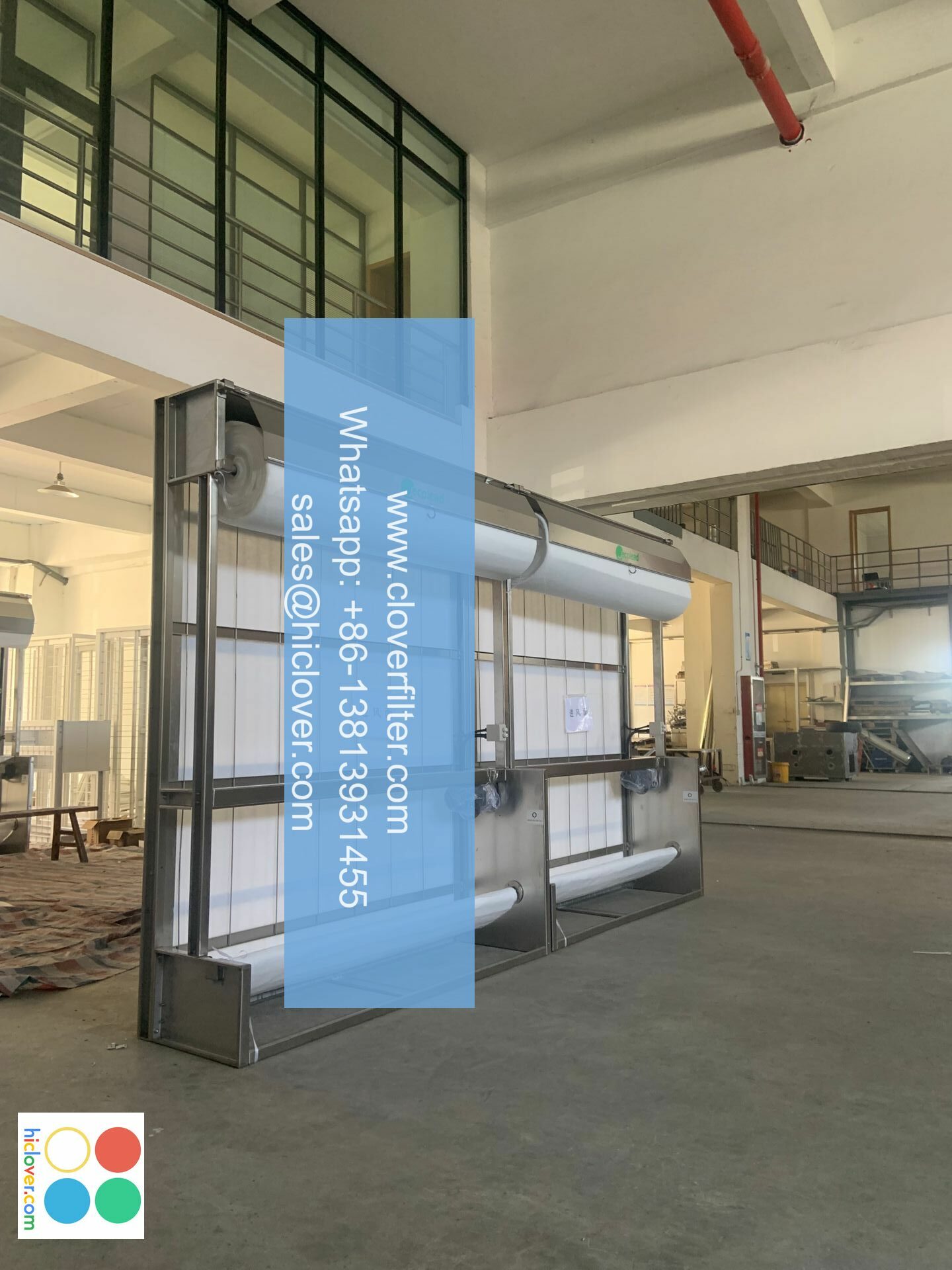Industrial emissions are a major contributor to global air pollution and climate change. Adopting sustainable practices and innovative technologies is critical to mitigating environmental impact. Below are ten proven strategies to reduce industrial emissions and improve air quality, with examples of their application across key sectors.
1. Transition to Renewable Energy Sources
Replacing fossil fuels with solar, wind, and hydropower significantly cuts greenhouse gas emissions. Industries can invest in on-site renewable installations or purchase clean energy credits.
Application Areas
Manufacturing facilities, power generation plants, and transportation sectors.
2. Enhance Energy Efficiency in Manufacturing
Upgrading machinery, optimizing processes, and retrofitting facilities with energy-efficient technologies reduce energy consumption and emissions.
Application Areas
HVAC systems, industrial machinery, and lighting in factories.
3. Implement Carbon Capture and Storage (CCS)
CCS technologies capture CO2 emissions from industrial processes and store them underground or repurpose them for other uses.
Application Areas
Cement production, steel manufacturing, and fossil fuel power plants.
4. Adopt Sustainable Waste Management Practices
Reducing landfill waste through recycling, composting, and waste-to-energy systems minimizes methane emissions and resource waste.
Application Areas
Chemical industries, food processing, and municipal waste facilities.
5. Optimize Industrial Processes with AI and IoT
Artificial Intelligence (AI) and the Internet of Things (IoT) enable real-time monitoring and predictive maintenance, reducing energy waste.
Application Areas
Predictive maintenance in manufacturing, emission tracking in chemical plants.
6. Promote Circular Economy Principles
Designing products for reuse, recycling, and remanufacturing reduces raw material extraction and emissions.
Application Areas
Electronics, automotive industries, and packaging sectors.
7. Switch to Low-Emission Fuels
Adopting biofuels, hydrogen, or natural gas as alternatives to coal and oil lowers particulate and CO2 emissions.
Application Areas
Shipping, aviation, and heavy machinery operations.
8. Enforce Stricter Emission Regulations and Monitoring
Governments and organizations can mandate emission limits and deploy continuous monitoring systems to ensure compliance.
Application Areas
Coal-fired power plants, oil refineries, and chemical factories.
9. Invest in Green Infrastructure and Urban Planning
Green roofs, urban forests, and efficient public transit systems reduce localized pollution and industrial heat islands.
Application Areas
Urban manufacturing hubs, construction sectors, and logistics networks.
10. Educate and Engage Stakeholders on Sustainability
Training employees, collaborating with suppliers, and community outreach foster a culture of environmental responsibility.
Application Areas
Corporate training programs, supply chain partnerships, and public awareness campaigns.
www.southclover.com
Reducing industrial emissions requires a multifaceted approach combining technology, policy, and behavioral change. By implementing these strategies, industries can enhance air quality, meet climate goals, and contribute to a sustainable future. Collaboration across governments, businesses, and communities is key to scaling these solutions globally.

Comments are closed